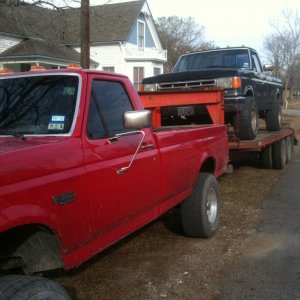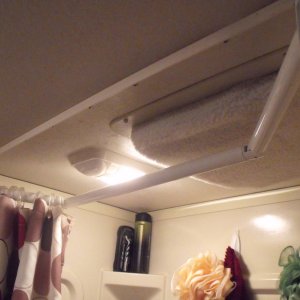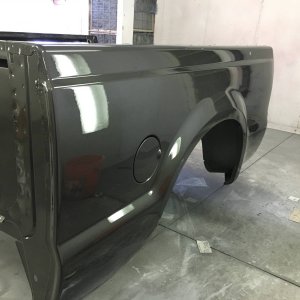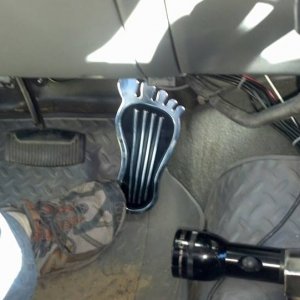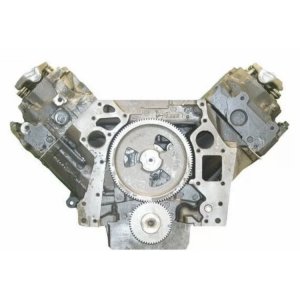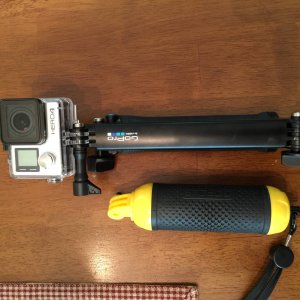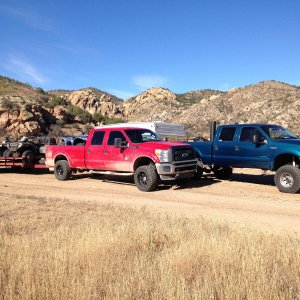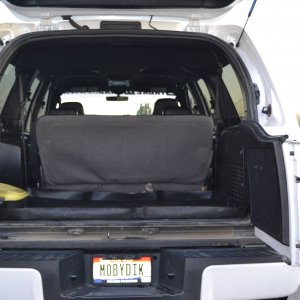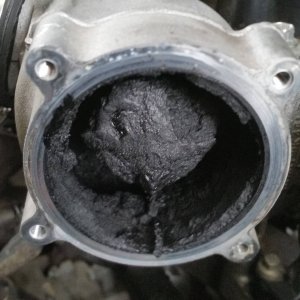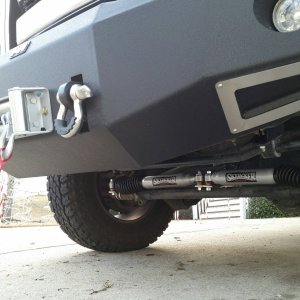96F350KID
New member
Liquid doesn't compress at all, never, nada, never ever ever. That was one of the first things I learned in school. Liquid is pressurized to do work. If it compressed then you could never build hydraulic pressure to do work. TARMs theory has been depicted so many times and the end result is the same. IF the pumps supplied oil directly to each injector via a small tube only and their was no res or oil rail then the theory would be correct. But the fact is there is a large tube in each head that holds the pressurized oil to be used. Another note about the pressure drop is the ICP sensor inlet hole is about the same diameter as the oil feed holes. Thus without doing the math, theoretically whatever the ICP sensor sees the injectors should see as well. It doesn't matter if I have a 1" diameter hole or a 100" diameter hole and the PSI is the same the PSI will remain the same. The only thing that changes is the FORCE behind the diameter which is your pressure ratio. 1:1 or 1:100. I have a B code on my desk with a 200% nozzle that will make 365ccs with only 2400psi ICP and at 3.5MS which is close to the same as a Hybrid at a higher ICP pressure. I have yet to get it on a bench that will hold 3400psi which by the design will push the intensifier piston down quicker once the poppet opens.

